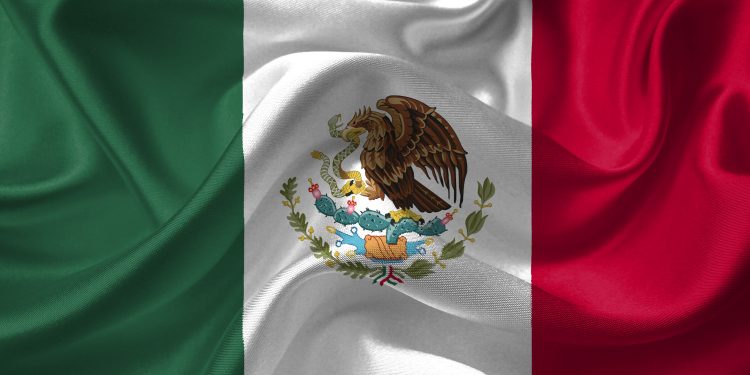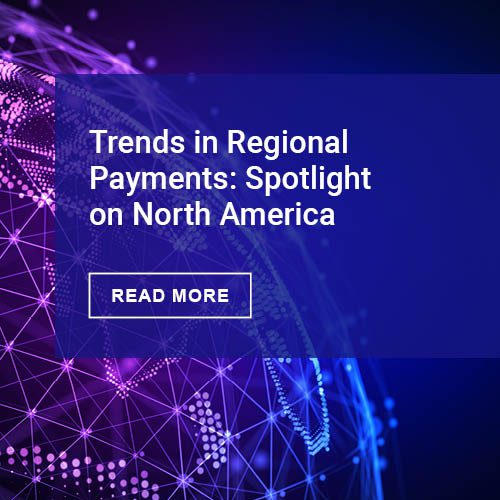We’ve kept a keen eye on the Bank of Mexico’s digital play for financial inclusion since the process began, in hopes that the model can help the market shift away from cash and move towards electronic payments. As we noted in 2019, the product launched on October 1, 2019, but concerns identified in our LAC market study suggested headwinds.
- The security issue is a tough one. In a recent report on the LatAm market, titled Credit Cards in Latin America and the Caribbean: Financial Inclusion with Risks and Opportunities, Mercator cited Visa data, which indicated that 14.3% of online orders were rejected due to fraud suspicion. Even with the high reject rate, Mexico experiences a 2% chargeback rate, more than double the U.S. and the highest in Latin America.
A report by SP Global synchs with our estimation of weak takeup. “A year on, most Mexicans ‘Still Don’t Even Know what CoDi is.'”
Well, we do. As defined in our July 2020 review:
- Mercator Advisory Group’s view of the LAC market almost a year ago anticipated Mexico’s plan to embrace the sizable unbanked market through its Cobra Digital program (CoDi) was ambitious but perhaps too optimistic. To follow India and China’s footsteps and modernize payments, the Mexican Reserve Bank planned to issue every citizen a free electronic bank account, which would be the basis for financial inclusion.
According to SP Global:
- More than a year after launching, the Mexican central bank’s digital payments system, CoDi, is still struggling for relevance.
- So far, the initiative has garnered 6.4 million users, far short of Banco de México’s goal for 18 million accounts by September’s end. Usage is also weak, with just over a million transactions so far; the central bank wanted 28 times that amount by now.
- “Most people on the street still don’t even know what CoDi is, and very few small stores have implemented it,” said Felipe Carvallo, a Mexico City-based senior credit officer at Moody’s.
It is not due to banking-side capabilities.
- So far, a trio of banks have been responsible for the majority of CoDi adoption, chief among them Grupo Financiero BBVA Bancomer SA de CV, Mexico’s largest commercial bank by assets; its clients make up 65% of all CoDi accounts. BanCoppel SA Institución de Banca Múltiple, a far smaller bank that ranks No. 17 nationally, and Grupo Financiero Citibanamex SA de CV, Mexico’s No. 3 commercial bank, account for another 25%.
- The remaining 10% is spread thinly across more than two dozen other institutions, including top-tier players like Grupo Financiero Banorte SAB de CV and Banco Santander México SA.
But, perhaps the revenue dynamics have not yet settled.
- The technological and personnel expenses involved are substantial, said KPMG financial services audit partner Ricardo Lara. While banks eventually hope to realize savings elsewhere — as broad adoption lessens the need for vast branch and ATM networks — “banks have not seen the benefit yet, and they haven’t recovered their investment,” he said
- To some extent, the low level of CoDi adoption has validated early criticisms from Mexico’s financial technology firms, many of which were ostracized from fully participating because the platform uses an interbank payment system that only connects to traditional bank accounts.
- Some fintech executives predicted their firms’ exclusion would slow implementation. And while CoDi adoption has fallen well short of expectations during the pandemic, fintech usage overall has soared in Mexico, with the number of digital transactions skyrocketing some 80%.
- CoDi’s underperformance also deflates optimism for banks. The platform was expected to generate high usage from the get-go, as it promised safe and instantaneous payments with no fees for users on either end of the transaction.
But, usage remains low.
More banks are coming to accept the importance of CoDi. Banorte, Mexico’s second-largest bank, has averaged just 158 CoDi accounts per day; that’s about 5% of the average at Citibanamex, its smaller rival. However, Angelica Arana, Banorte’s architecture government director, maintained that the bank still has a “vested interest” in working toward a more banked society.
If you read The Economist, the issue ties back to low card penetration.
- Mexico is an anomaly both in Latin America and among emerging-economy peers such as Kenya and India. In those places, 54%, 82%, and 80% of people are banked, respectively, despite Mexico being richer. Its GDP per person is close to $20,400, around three to four times higher than in Kenya and India.
More to follow. As Mexico hunkers down against the global pandemic, we hope that the time can be used to propagate digital payments. But with a slow start, that may be too optimistic.
Overview provided by Brian Riley, Director, Credit Advisory Service at Mercator Advisory Group












